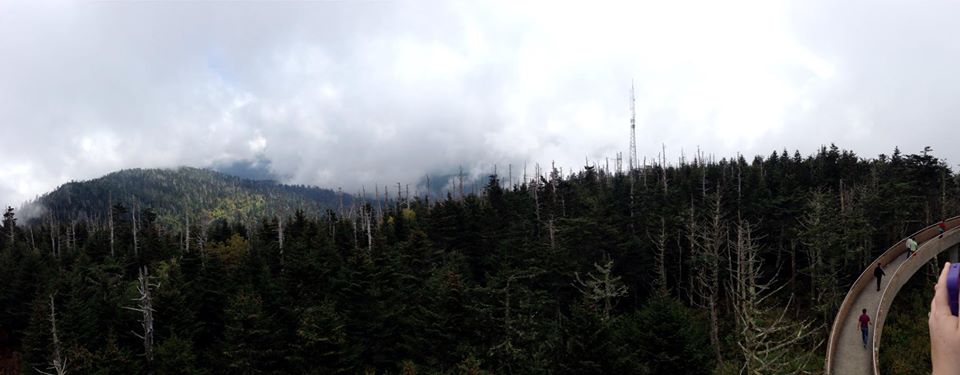
There are some birds I have not seen in North Carolina because they are very rare. There are some birds I have not seen in North Carolina because I have lousy luck. And there are some birds I have not seen in North Carolina because I am kind of a lazy lister.
This is the story of the last one.
For most of the continent, Black-capped Chickadee is not a particularly unusual bird. In fact, there are probably few species so well-known and well-loved. But every birder knows that south of the “chickadee line”, those omnipresent Black-capped Chickadees magically turn into smaller, grayer, Carolina Chickadees. That is, except for a few spots along the high points of the Appalachian ridge.
The North Carolina (and Tennessee) population of Black-capped Chickadee is an interesting story unto itself. Isolated from the rest of the population, they inhabit a small cluster of mountaintops nearly entirely inside Great Smoky Mountains National Park. In the spruce-birch forests above 5,000 feet in elevation, the Black-caps live out their lonely existence as the representative of the species in the far south. No one knows exactly how this population came to be so far away (about 200 miles) form the next nearest contiguous population, but it probably had to do with ice ages and glaciers and whatnot. In any case, they’re there and not difficult to find for the birder who heads west far enough.
I’d never been to the Smokies. Other than the chickadees, this section of the southern Appalachians doesn’t really offer anything that I can’t get in mountains 2 to 3 hours closer to home. But I had been returning from an engagement in Paducah, Kentucky, where I had given a talk on Resources for Birding on the Internet at the fall meeting of the Kentucky Ornithological Society. As it happened, my driving route took me right by the Smokies, and for an extra hour I could swing by Clingman’s Dome, the highest point in the National Park, and a traditional spot for North Carolina birders looking to add this incredibly range-restricted species to their state lists. The time, it seemed, was finally right.
There are loads of Dark-eyed Juncos on the mountain, sweeping across the road in front of me as I made my way to the parking lot of the 6,600 ft (2000 m) mountain. There’s an interpretive center, and a few restrooms, but I only had eyes for the top of the mountain as I began the half-mile walk to the summit. I quickly realized this was not the sort of place I expected to find chickadees. The fir threes were stunted, remnants of a recent bout with the destructive and invasive wolly edelgid, a bug that ripped through the high altitude forests a couple decades ago. They’re only beginning to recover. But part of me wanted to see the top anyway, to I persevered, finding little along the way save the Juncos, a few Red-breasted Nuthatches and a pair of Rose-breasted Grosbeaks in the haze. The namesake mountains were especially smoky on this day, so the view wasn’t even that great.
Returning to my car with sore knees and altitude wheeze, I decided to try a couple of the pulloffs on the road to the summit on the way back. The forests here looked more promising, with more birches that the chickadees were reported to prefer. I pulled over, stepped out and began pishing. The response was near immediate. Deeper and hoarser than the Carolinas I was used to. The birds popped out to some trees over the road. They were bulkier and bull-necked. The white on the secondaries was obvious and the flanks were washed with a faint buffy-gray rather than the all-over gray of the southern birds.
And of course, they were over 5000 feet up in the Smokies. Black-capped Chickadees, indeed.
Sure, I’d wasted the better part of an hour climbing a chickadee-less mountain. But the ultimate discovery was sweet. Not least of which because it’s the last of the really out of the way birds I needed for the state. Because don’t forget, I’m a lazy state lister.




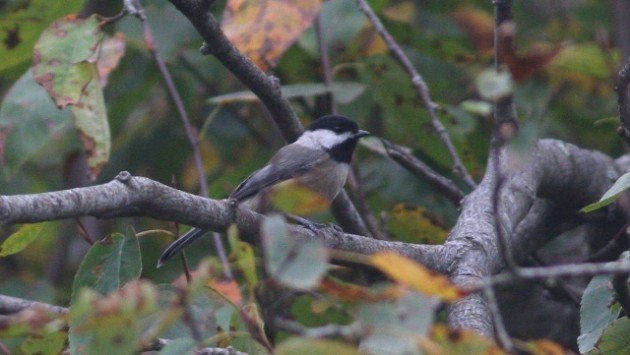



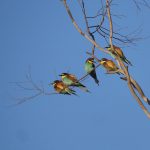
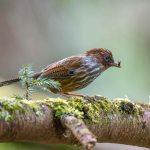

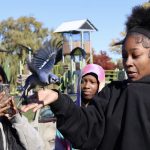


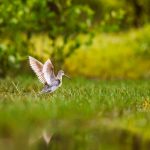
Great post. Great bird.
Love this post and photos!
Ever have one of those “wow, how much did I miss before I got into birding” moments? This is one of them. Wish I’d paid attention when I was in the Smokies 20 years ago!
Any word on decline in Carolina chickadee population in Piedmont plains area? I live just outside Raleigh/Durham/chapel hill and early this spring found a dazed Carolina chickadee just standing on my front lawn. I could walk up to it. Left it alone, it was later gone. That’s the only one I’ve seen this year, and usually they are the mod prevalent bird. I live in agricultural rural area with little change in landscapes. Any feedback appreciated.
I live in Burlington and just now saw my first Carolina Chickedee at my feeder…